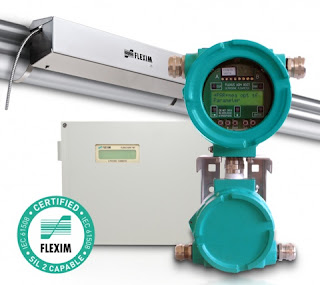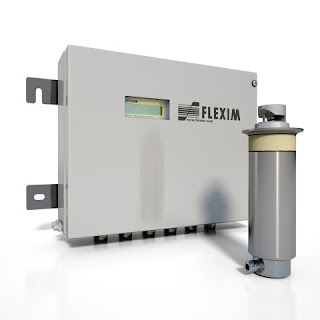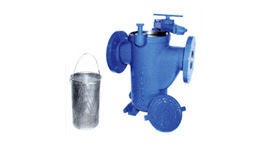 |
| New Pulsar R86 Non-contact radar level transmitter Courtesy Magnetrol |
Accuracy - Differing applications will place their own importance on the degree of accuracy needed. Some operations, depending upon the value of the material, safety impact of over or under filling, and other operation specific factors, will benefit from higher levels of accuracy. Matching the instrument accuracy to the needs of the operation can often save first cost and widen the field of prospective instruments to be considered.
Reliability - Reliability has two facets. Of course, any operation benefits from an instrument that starts working and keeps working. The challenge is to evaluate how the instrument works and compare that to how the process works. Does the process expose the instrument to conditions that may impair its function or shorten its useful life? The second facet concerns the degree of confidence that the operator can place on the level reading delivered by the instrument. Will the readings be accurate under all reasonably probable operating conditions? Are there process conditions which may generate a false level reading? The ability of the measurement technology and the instrument to consistently deliver information that can be used for decision making is paramount.
Low maintenance burden - Maintenance is still largely accomplished by people, a limited resource in any operation. An instrument that requires less technician time to maintain proper operation brings a benefit to the operation.
There can certainly be other factors to consider for any application, but a systematic weighing of those many factors can result in making a solid decision that delivers a positive outcome.
Magnetrol, globally recognized innovator in level measurement technology, has released its Pulsar R86 non-contact level transmitter for industrial process control use. The new instrument combines the company's many years of innovation in the level measurement field into a single transmitter. The unit has applications throughout almost every industry, with a powerful array of operating features.
A product datasheet is included below, so you can learn more about the Pulsar R86. Share and discuss your level measurement requirements and challenges with process measurement specialists. Combining your own process knowledge and experience with their product application expertise will produce an effective solution.



